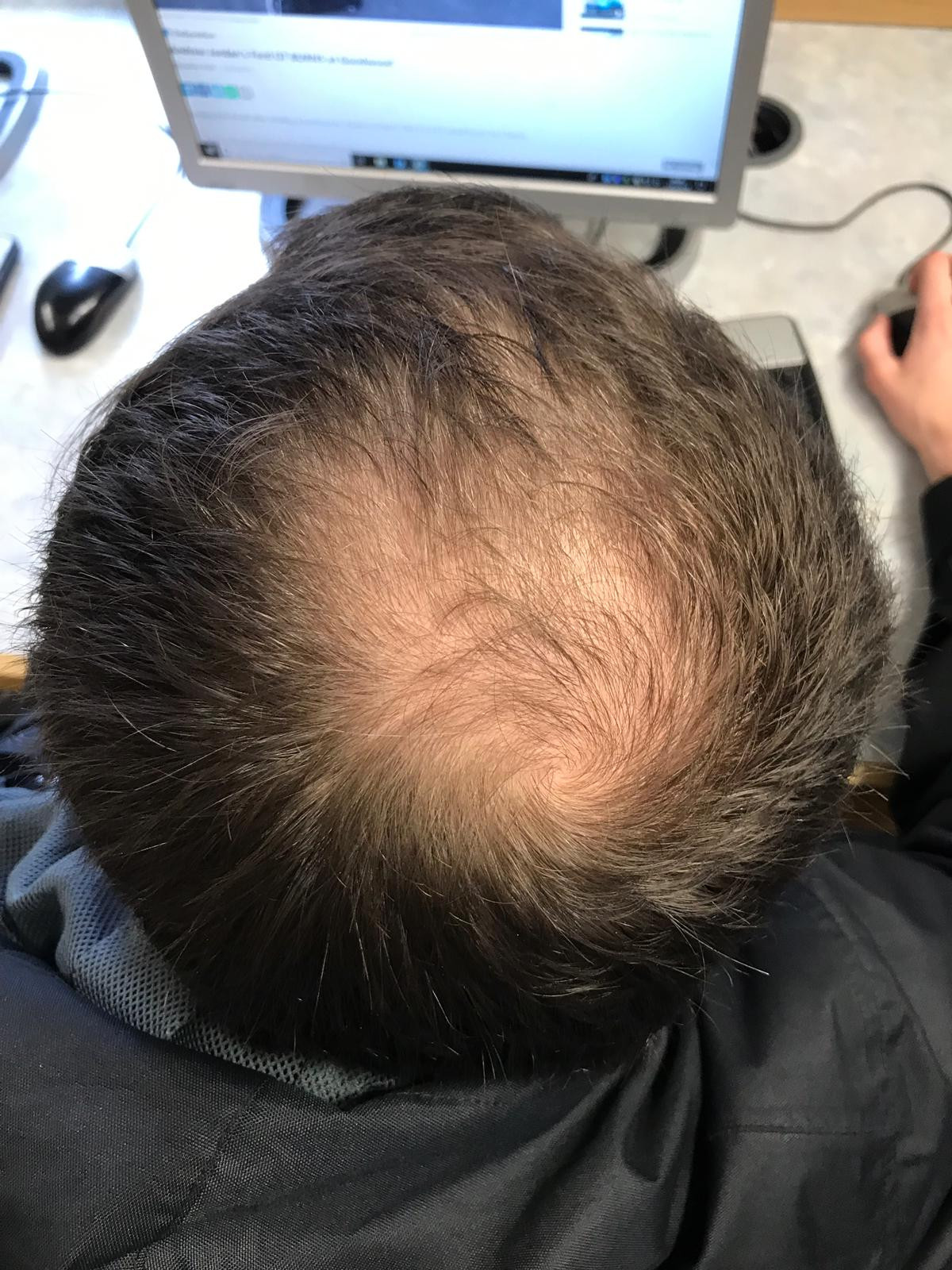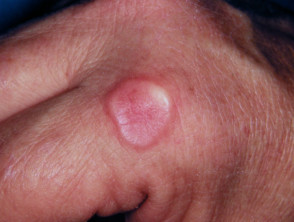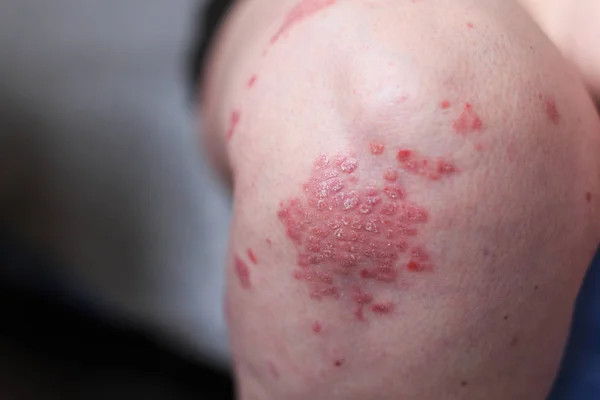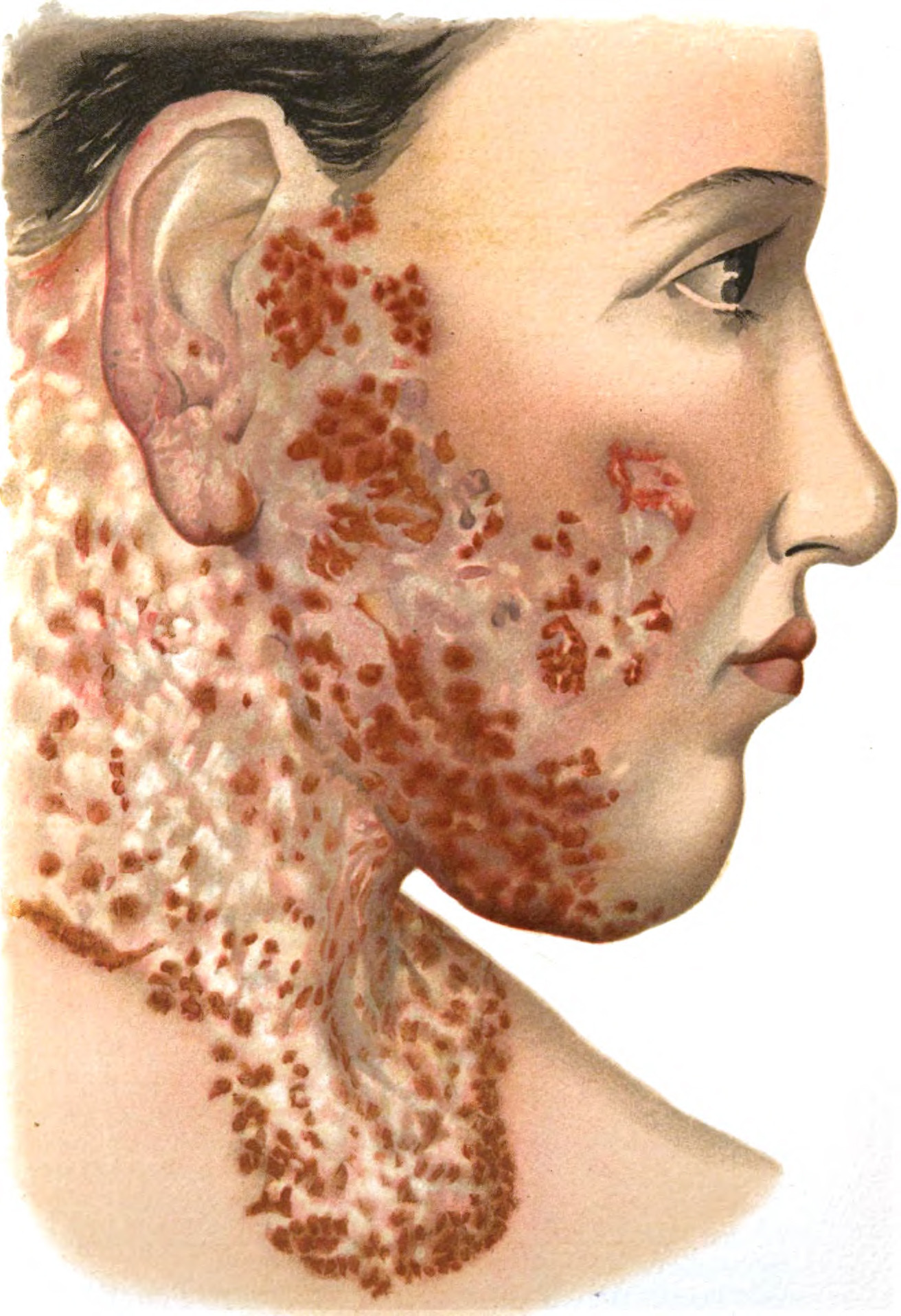Definition
Androgenetic alopecia is a prevalent kind of hair loss that affects both men and women. Male pattern baldness is the term used to describe this condition. This type of hair loss is a significant portion of the population, affecting roughly 50% of both men and women. The clinical signs of androgenetic alopecia that lead to baldness, vary in men and women.
Causes
Androgenetic alopecia, as its name implies, is strongly linked to genetics and is likely caused by an exaggerated response to androgen hormones. Androgen hormones are responsible for the regulation and maintenance of masculine traits in the human body. Androgenetic alopecia is a hereditary condition that is passed down from both the paternal and maternal sides. The likelihood of a man developing androgenetic alopecia increases 5-6 times if his father has also had the condition. Androgenic alopecia, specifically relies on the presence of androgens for its manifestation, so it only occurs after puberty. Individuals with androgen insensitivity syndrome, a condition in which their bodies have difficulty responding to androgen hormones, do not suffer from androgenetic alopecia.
The hair growth cycle typically consists of four distinct phases:
- Anagen, the hair growth phase
- Catagen, the involution or the transitional phase
- Telogen, the resting phase
- Exogen, the hair shedding phase
Approximately 80-90% of hair is in the anagen phase, also known as the hair growth phase, which spans 2-6 years and directly influences the length of the hair. Less than 5% of the hair is in the catagen phase, while the remaining hair is in the telogen phase. It is considered typical to shed 100 strands of hair daily (exogen phase).
In cases of androgenetic alopecia, the body's reaction to androgen hormones can lead to a reduction in the duration of the hair growth cycle, particularly during the anagen phase. As a result, the hair follicles, which are responsible for hair growth, undergo a size reduction, leading to the thinning and shortening of the hair. Consequently, the hair is unable to grow long enough to reach the outermost layer of the skin.
Risk factor
Androgenetic alopecia typically manifests following the onset of puberty. Furthermore, an individual's susceptibility to androgenetic alopecia can be attributed to their genetic inheritance from their parents. Specifically, if parents have a history of androgenetic alopecia, their offspring are at a higher risk of developing the condition as well.
Androgenetic alopecia is also linked to various other medical conditions, including:
- Coronary heart disease
- Benign prostatic hyperplasia and prostate cancer in males
- Impaired sensitivity to insulin, such as diabetes and obesity
- Hypertension or high blood pressure
- Polycystic ovarian syndrome (PCOS) in women, it can be identified by the following features:
- Hormonal instability leading to irregular menstrual cycles
- Acnes
- Hirsutism refers to the excessive hair growth on specific areas of the body
- Weight gain
Androgenetic alopecia can manifest in men before reaching the age of 30. Conversely, in women, androgenetic alopecia typically develops at the onset of menopause.
Symptoms
Androgenetic alopecia progressively manifests itself. Thinning hair in men typically starts to manifest as a receding hairline on the temples, creating a distinct "M" shape. Gradually, the condition of losing hair will progressively affect the back and top areas.
Female hair loss typically initiates from the central region of the scalp and subsequently extends towards the back. Female hair loss typically does not impact the hairline at the front of the head. Furthermore, androgenetic alopecia may be concealed by telogen effluvium, a different form of hair loss that often manifests 1-6 months after a stressful or traumatic incident. This condition accelerates the transition of hair follicles from the growth phase (anagen) to the resting phase (telogen). Telogen effluvium results in abrupt hair loss in individuals.
Diagnosis
The diagnosis of androgenetic alopecia can be determined by evaluating the patient's medical history and thorough physical examination. The physician may inquire about the individual's history of hair loss and their family's predisposition to baldness. In addition, the patient's prior medical history and treatments play a crucial role in establishing the diagnosis.
The physician can also conduct a test in an attempt to extract hairs from different regions of the scalp. Furthermore, a dermoscopy can be conducted to observe hair follicles on a magnified level. Dermoscopy can reveal the reduction in size of hair follicles resulting from a shortening of the hair growth cycle.
Laboratory tests can be conducted to rule out other potential factors contributing to alopecia, such as thyroid hormone tests, blood iron levels, and complete blood tests. In addition, it is possible to assess the levels of androgen hormones, such as dehydroepiandrosterone (DHEA) or testosterone. Physicians can also do mental health screenings to see if stress is the underlying cause of alopecia.
Management
Several medications can be used to treat androgenetic alopecia. Depending on the type, the medicines can be applied either topically or taken orally. These medications have multiple purposes. Initially, they could help extend the duration of the hair development phase by enhancing the blood circulation to the hair follicles. In addition, medicine can also reduce the response of hair follicles to androgen hormones. These medications are required to be taken for 4-6 months before they demonstrate any efficacy. Furthermore, it is important to take these medications indefinitely to maintain a consistent therapeutic impact. As a result, patient compliance with treatment typically declines.
The occurrence of adverse effects varies based on the specific type of medicine. Possible adverse reactions may encompass pruritus, irritation, sexual dysfunction, and high-grade prostate cancer. Finasteride, a medicine used to treat androgenetic alopecia, should not be used in women who have regular periods or are capable of becoming pregnant due to the risk of congenital defects in male fetuses.
In addition to medication, hair transplants are an alternative therapy option. Hair grafts have demonstrated efficacy in treating patients with androgenetic alopecia. Autologous hair transplants can be taken from other body regions with hairs. Currently, hair transplants can be performed utilizing advanced procedures to get aesthetically pleasing and natural-looking results.
Complications
The precise trajectory of androgenetic alopecia remains uncertain. Certain people may undergo such severe hair loss that they lose practically all of their hair, while others may retain hair in specific areas of their scalp. Women with androgenetic alopecia typically experience hair thinning rather than complete baldness.
Androgenetic alopecia which occurs quite early in men before the age of 30, is believed to be comparable to polycystic ovary syndrome (PCOS) in women. Men who get androgenetic alopecia at an early stage face a similar risk as women who develop polycystic ovary syndrome (PCOS), namely:
- Risk of developing metabolic syndrome, a condition characterized by obesity, elevated cholesterol levels, hypertension, and impaired insulin sensitivity
- Cardiovascular disease risk
- Risk of infertility (the inability to conceive and bear children)
Prevention
Prevention of androgenetic alopecia is not possible due to genetic factors and the body's reaction to androgen hormones. Nevertheless, numerous options exist for the treatment of androgenetic alopecia. If you opt to take medication, it is necessary to continue taking it indefinitely to maintain its effects and prevent the recurrence of baldness.
When to see a doctor?
If you encounter abrupt hair loss, it is advisable to consult a doctor. If you are experiencing a loss of self-confidence due to baldness, it may be beneficial for you to seek medical advice regarding treatment options for androgenetic alopecia. Alopecia can occur from various causes, and androgenetic alopecia can coexist with other forms of alopecia. This condition can be attributed to various etiologies, some of which may indicate underlying pathologies of more severe diseases. Hence, it is imperative to investigate the cause of alopecia to eliminate the potential root causes.
Looking for more information about skin and other hair diseases? Read more articles here!
- dr Hanifa Rahma
Androgenetic alopecia: MedlinePlus Genetics. From https://medlineplus.gov/genetics/condition/androgenetic-alopecia/ [Accessed March 12, 2022]
Feinstein, R. (2022). Androgenetic Alopecia: Practice Essentials, Background, Pathophysiology. From https://emedicine.medscape.com/article/1070167-overview C
Ho, C., Sood, T., & Zito, P. (2022). Androgenetic Alopecia.From https://www.ncbi.nlm.nih.gov/books/NBK430924/ [Accessed March 12, 2022]












